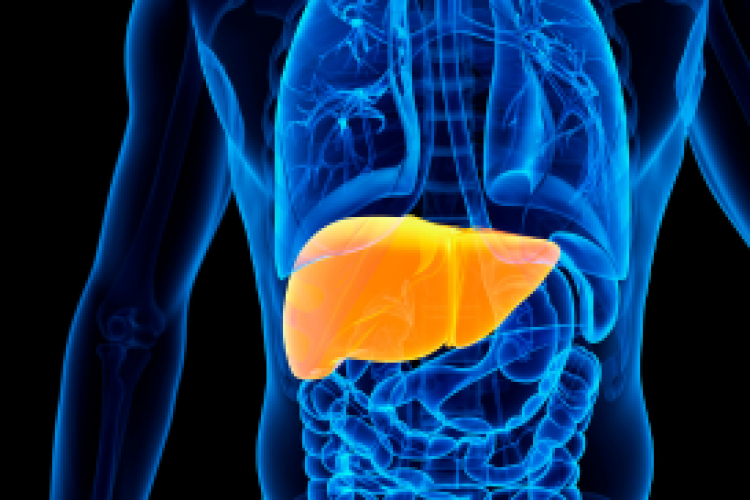The most common symptom of a heart attack for both men and women is chest pain. But women are more likely than men to report other less obvious heart attack warning signs such as severe fatigue, shortness of breath or nausea, according to David Southren, MD, FACC, Director of Cardiology at Montefiore Nyack Hospital and Cardiologist with Highland Medical, P.C.
“Women tend to downplay their symptoms, and don’t seek attention as readily as men do, especially for symptoms other than chest pain,” Dr. Southren said. “Women often feel their symptoms are caused by stress, while men tend to think they’re brought on by physical exertion.”
Risk Factors for Heart Attack
The risk factors for a heart attack are the same for men and women, Dr. Southren said. These include:
- High blood pressure
- High cholesterol levels
- Diabetes
- Obesity
- Cigarette smoking
- Arthritis and other immune or inflammatory diseases
“Women are thought to be at lower risk of heart disease before menopause, because of the protective effect of estrogen,” Dr. Southren said. “But women with risk factors such as diabetes or smoking are at risk even before menopause. In fact, premenopausal women who smoke may be at higher risk of heart disease than men of a similar age, because smoking cancels out the protective benefits of estrogen.”
Once women reach menopause, the incidence of heart disease exceeds the rate of men of a similar age. “This is especially true in women who have diabetes, high blood pressure and high cholesterol levels,” Dr. Southren said.
Diagnosing a Heart Attack
Anyone coming into the ER with a suspected heart attack will receive the same testing, whether they are a man or a woman, Dr. Southren said. They will have a healthcare provider assessment, cardiac enzyme testing and an electrocardiogram (EKG).
Cardiac enzyme testing measures the level of certain proteins circulating in the bloodstream. The test helps the doctor to confirm whether a person has had a heart attack. An EKG measures the electrical activity of the heartbeat. Abnormal patterns of activity suggest that part of your heart may have been damaged from a heart attack or some other heart condition.
Heart Attack Prevention
Steps for preventing a heart attack are the same in men and women. These include:
- If you smoke, quit
- Lower high blood pressure
- Lower high cholesterol levels
- Manage diabetes
- Aim for a healthy weight
Guidelines for preventing a heart attack have changed in recent years, particularly when it comes to optimal levels for blood pressure and cholesterol. Today, blood pressure of 120/80 is considered normal, and anything above that is considered elevated. Anyone with blood pressure of 130/80 or higher should be treated with lifestyle changes and/or medication. Previously, treatment was recommended only when a person’s blood pressure reached 140/90.
Cholesterol guidelines also have become more intensive in recent years. “The levels that are considered optimal have gone lower and lower,” Dr. Southren said.
Even a person with normal cholesterol levels could be at increased risk for heart disease if they have a family history of premature heart disease in a close relative, he said. “Heart disease in women before age 50 or men before age 60 is considered premature. If you have a parent or sibling who had early heart disease, it suggests the possibility of a genetic risk for you. The doctor will do additional tests to look for early heart disease.”
Eating a healthy, largely plant-based diet and getting regular exercise are two very important ways to prevent heart disease, Dr. Southren said. “Exercise at least five times a week. You can walk for a half hour a day. You don’t need fancy machinery or a health club membership.”



 Upcoming Events
Upcoming Events



